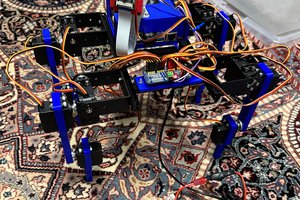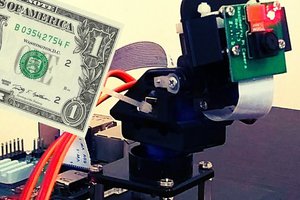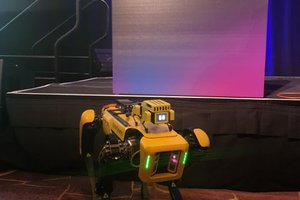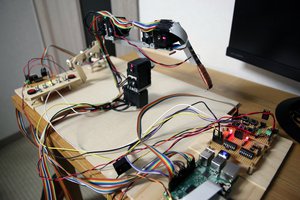This project creates a functional guardian with a servo, a camera, some LEDs and the Viam ML Model service and Vision Service.
Guardian Robot that tracks Humans and Dogs
Print, Paint, and Program a Guardian to Track Humans and Dogs Using a Pi, Camera, and Servo
 Naomi Pentrel
Naomi Pentrel







 Richard Sand
Richard Sand
 Norbert Zare
Norbert Zare
 Afreez Gan
Afreez Gan
 Tobias Kuhn
Tobias Kuhn